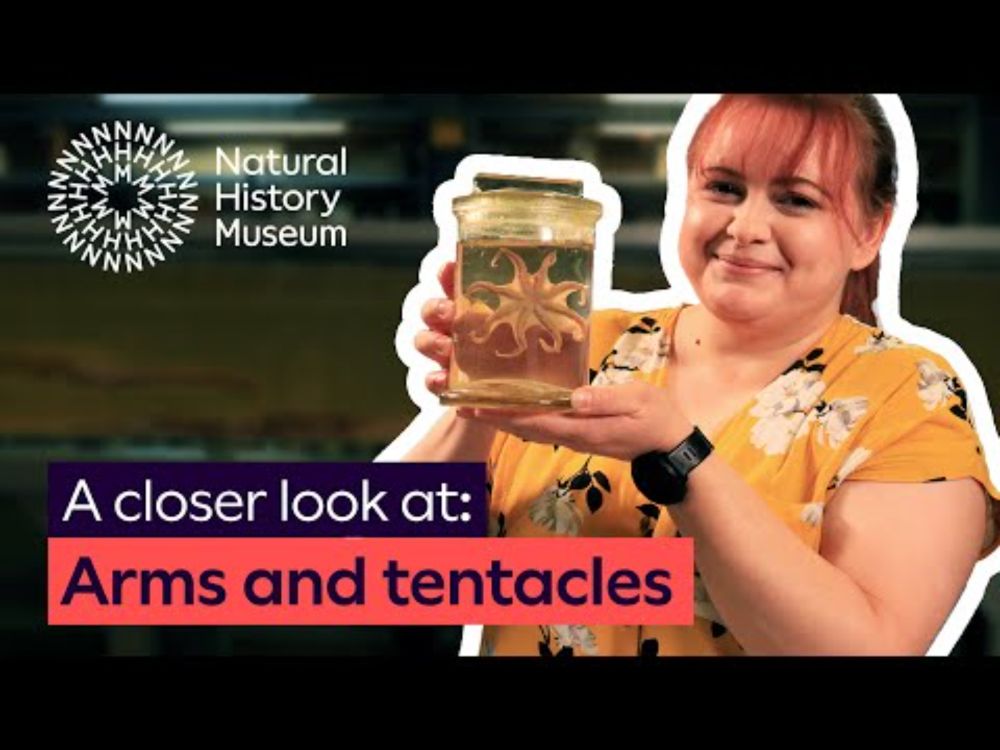The Perfect Specimen
@perfect-specimen.bsky.social
140 followers
15 following
91 posts
A lighthearted look at natural history via objects in the NHM London collections, hung loosely on a different adjective every episode. Podcast available on Spotify, Apple and YouTube: https://m.youtube.com/playlist?list=PL6w4ihPqk5_LOTuw-VhlaqEn1CctPqWGB
Posts
Media
Videos
Starter Packs
Pinned
Reposted by The Perfect Specimen
Reposted by The Perfect Specimen
Reposted by The Perfect Specimen
Reposted by The Perfect Specimen
Reposted by The Perfect Specimen
Reposted by The Perfect Specimen
























